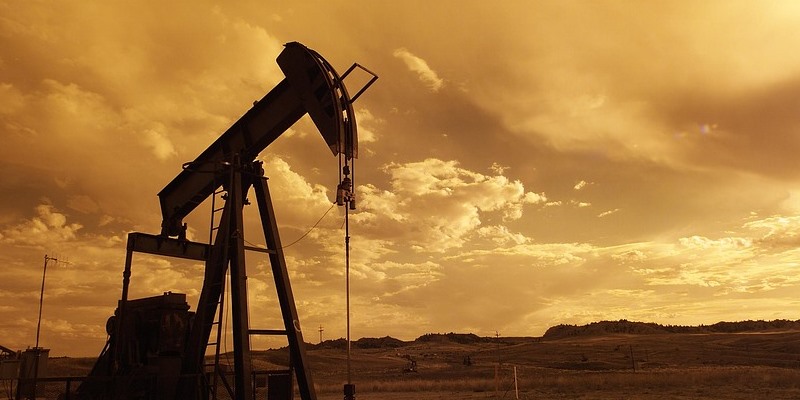Canada's dashed 'energy superpower' dream

As I was doing my year-end filing, I came upon some older studies from 2013, and as I leafed through them, was amazed at how things have changed. In 2013, the conversation in Alberta was about Canada’s future as an “energy superpower,” poised to develop its huge bitumen deposits and export them to markets around the world. Then-prime minister Stephen Harper said in 2006 that his government intends to build Canada into a “global energy powerhouse.”
Those dreams have been dashed, according to BNN Bloomberg, by five main factors including the oil price crash, out of control costs in the oil and gas sector, an increase in the discount Canada experiences selling petroleum products into the United States, growing opposition to pipelines and a leftward shift at three critical levels (Ottawa, Alberta and British Columbia). As Bloomberg observes, before the price collapse in mid-2014, truck drivers could make “upwards of $170,000 per year” and those with greater skills commanded much more.
The sky was the limit for oilsands production, and the associated profits and employment. But by 2013, problems were developing. The Keystone XL pipeline to the U.S. was stuck in a regulatory process that still seems absolutely endless. And even then, studies showed that shipping bottlenecks were starting to bite into Canada’s profitability. One study by CIBC found that Canada lost out on some $25 billion in oil revenues in 2012, and would lose $15 billion a year going forward until it resolved its infrastructure deficit.
A Fraser Institute study from 2012, which examined Canadian access to markets in the Asia-Pacific region, found that “outdated regulatory processes and procedures, First Nations’ opposition, and unwieldy environmental review processes are impeding the timely development of the infrastructure required to transport oil to the west coast and beyond.” We called for the Alberta and B.C. governments to “act quickly, using legal and regulatory reforms to expedite development of the crude-oil transportation infrastructure needed for access to markets in the Asia-Pacific region.”
What have we seen? A proliferation of regulations and government interventions that have shaken investor confidence to the core. Cancellation of the Northern Gateway pipeline. Continued opposition to the Trans Mountain Expansion pipeline—even after its purchase by the feds. A new provincial plan in Alberta to buy rail cars to transport oil. All of this in the face of declining investor confidence.
In addition to the regulatory cascade, as I observed in a study in October of 2018, investor responses to an annual survey of oil and gas executives showed sharp increases in investment deterrence in upstream oil and gas development in Alberta.
For example, Alberta’s fiscal terms (lease payments, royalties, production taxes and gross revenue charges, but not corporate or personal taxes) were only considered a deterrent to investment by 14 per cent of survey respondents in 2013. That deterrence perception reached 50 per cent in 2017. Respondents saying that Alberta’s fiscal terms were attractive to investment dropped by 22 per cent over that same period. With regard to Alberta taxation in general, only 16 per cent of respondents said this factor was a deterrence in 2013, rising to 52 per cent in 2017.
While I managed to clear my desk of old files, looking back is to see the death of the dream of Canada as an energy superpower. Without progress on the transport file and regulatory reform, that dream is farther away now than it was in 2006.
Author:
Subscribe to the Fraser Institute
Get the latest news from the Fraser Institute on the latest research studies, news and events.

